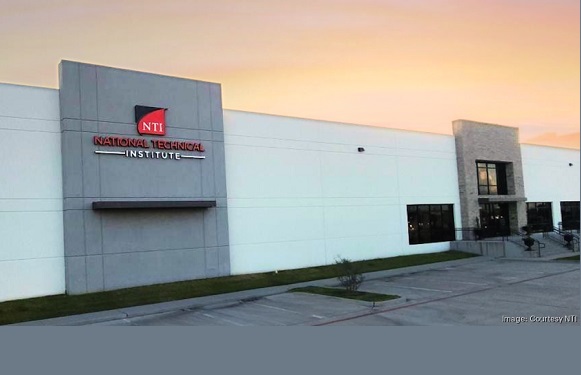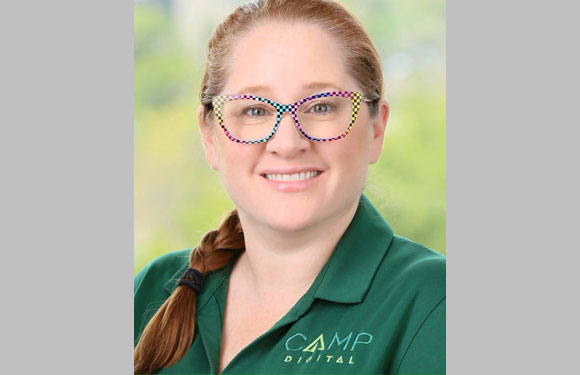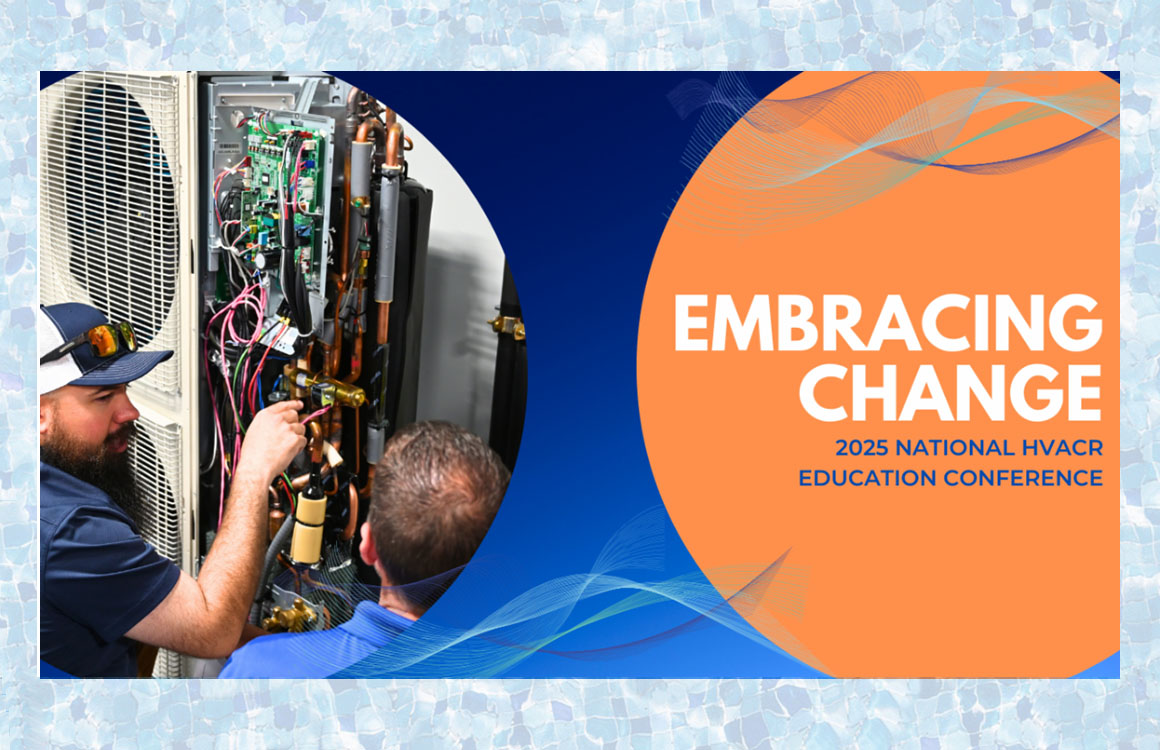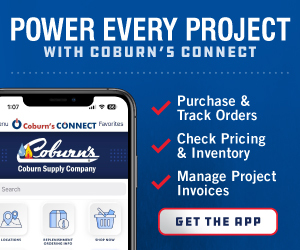
News
Carbon Monoxide: Handling Furnace Red Tag Second Opinions
By David Richardson
It’s the time of year for furnace red tags now that colder temperatures are here. As homeowners scramble to recover from the news their furnace is being shut down, they often seek a second opinion for confirmation. In this time of panic, many turn to family for referrals or Google for online reviews. The lucky contractor they choose might be you.

Here are a few tough questions: When you get that call for a second opinion on a red tagged furnace, can you confidently prove or disprove the accuracy of the first opinion? Do you know how to handle this situation? Let’s look at how you can be a second opinion superstar.
Question the First Opinion
As harsh as this may sound, this is the first thing you should do; question the first opinion. Do not assume the original diagnosis is correct. What was the motive for issuing the original red tag? Was the contractor genuinely concerned for the customer’s safety, or was the red tag just an opportunity to sell a furnace? Understanding motive always points you in the right direction.
It’s unfortunate, but many contractors who red tag furnaces don’t have the proper training or test instruments. They base their decisions on guesses, assumptions, and rules of thumb. Unless the defect the furnace is red tagged for is obvious, you need measurements to back up the diagnosis.
Test Instruments for Second Opinions
Before you can accurately troubleshoot the furnace, you need the right test instruments to get measurements. The readings tell you whether a furnace is safe to leave in operation or not. To assure you can confidently offer a second opinion, it’s recommended you have the following instruments and tools:
- Combustion analyzer – to measure flue gases
- Draft gauge – to verify draft pressure
- Low-level personal CO (carbon monoxide) monitor – to keep you from getting poisoned
- Combustible gas leak detector – for tracking down gas leaks
- Bubble solution – to visualize gas leaks
- Dry bulb thermometer – to check furnace temperature rise
- Mirror, inspection camera, and flashlight – for visual inspections of the furnace
- Static pressure test kit – to check system pressures and fan airflow
While there are various other instruments and accessories that you can add, these are the most crucial to have. They elevate you from someone with an opinion to someone with the right facts.
If You Aren’t Measuring, You’re Toast
Owning the right test instruments is a start, but you must know what readings and ranges to look for to verify safe operation. You won’t know if a furnace is safe without them. Here’s an abbreviated list of measurements and ranges you’ll want to know for furnaces:
- Flue gas CO readings – typically, less than 100 ppm and stable during the run cycle
- Flue draft pressure – typically -.01 to – .02 inches of water column
- Flue temperatures within range based on furnace type
- Furnace temperature rise within the nameplate specified range
There are many more measurements you can take, but this is a start in the right direction. When these measurements are out of range, they provide clues for the technician. Being able to interpret these clues determines if you catch or miss a dangerous condition.
Keep in mind, unless you measure and diagnose, you also won’t know what caused the original problem that led to the red tag. Heat exchangers fail for a reason – unless you identify the reason; the replacement will also probably fail.
Proving Furnace Safety
What if you decide to turn a red tagged furnace back on? Many won’t think twice about putting the furnace back in operation after a visual inspection. They assume if the heat exchanger is intact; the flames are blue, and there are no gas leaks, everything is acceptable.
These well-meaning individuals may unintentionally harm a family. Be sure you can prove the safety of the furnace. A visual inspection won’t cut it – measurements are a must. Don’t leave your customers’ safety up to assumptions.
Free Opinions and Scare Tactics
Is it possible that free second opinions devalue the true service professionals bring to a customer? Take it for what it’s worth, but I don’t think any contractor should provide their skills and specialized knowledge for free. Don’t reduce yourself to this level if you can help it. Offer something no one else can and get paid handsomely to provide it.
I’m all for selling furnaces, but don’t use scare tactics to do it. Instead, consider using combustion measurements to discover the hidden needs for furnace upgrades. Don’t make the mistake of selling something that will prematurely fail because you didn’t take the measurements. Five minutes of testing can assure if a new furnace can properly operate on the existing duct system.
Consider offering low-level CO monitors for 24/7 protection. Store-bought alarms aren’t sensitive enough and won’t do the job for children or the elderly. There are plenty of reasons to shut down unsafe furnaces. Make sure you base your intentions on integrity and not fear.
About the Author
David Richardson serves the HVAC industry as a curriculum developer and trainer at the National Comfort Institute, Inc. (NCI). NCI specializes in training focused on improving, measuring, and verifying HVAC and Building Performance.
If you’re an HVAC contractor or technician interested in learning more about adding carbon monoxide testing to your services, contact David at davidr@ncihvac.com or call him at 800-633-7058. NCI’s website www.nationalcomfortinstitute.com is full of free technical articles and downloads to help you improve your professionalism and strengthen your company.














